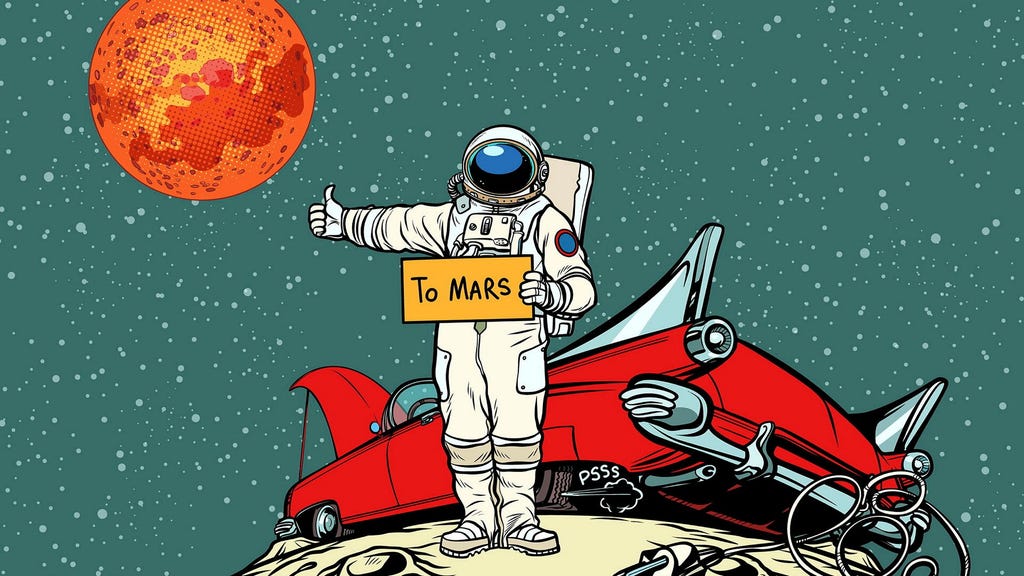This satirical piece paints a bleak and hyperbolic picture of the future, specifically 2025, as envisioned by a cynical, self-absorbed narrator. The narrator addresses a diverse and seemingly fabricated audience with an undercurrent of disdain, emphasizing a supposed shared prejudice against immigrants and vaccines as a prerequisite for joining their online ”club.” The tone is mocking and provocative, using exaggerated trends and neologisms to create a caricature of contemporary society and its potential trajectory.
The first prediction revolves around the fashion industry. The narrator envisions an acceleration of ”ultra-fast fashion” to a ludicrous extreme where clothes are produced and disposed of almost instantaneously. This wasteful cycle culminates in a bizarre form of vigilante justice where unsold garments are weaponized, raining down upon unsuspecting ”Magdamoderates” and other perceived political opponents. The narrator revels in this imagined act of defiance, highlighting a perceived entrepreneurial spirit and a disregard for societal norms.
The second area of focus is technology. The narrator forecasts the continued ”tiktokification” of society, implying a pervasive shallowness and lack of privacy. Those who can afford it, the narrator implies, will resort to extreme measures like ”totalsträckskryptering” and ”digital gisslandiplomati,” suggesting a digital arms race where information becomes a weapon. The narrator also mentions ”quishing” or QR code scams, hinting at an increasingly deceptive online landscape. This section underscores the narrator’s cynical view of technological advancement as a tool for exploitation and control.
Economically, the narrator anticipates a widening gap between the rich and the poor, with the narrator personally benefiting from the misfortune of others. The narrator flaunts their wealth and success, using terms like ”ankkurvor” (presumably signifying growth charts) to illustrate their continued prosperity. The narrator also makes a cryptic connection between the term ”kryptofascist” and cryptocurrency, suggesting a rise in far-right ideologies becoming increasingly normalized and accepted. This hints at a future where extreme views, once marginalized, gain greater social acceptance.
The narrator then delves into personal anxieties and perceived social inadequacies, referencing childhood insecurities and a lack of social success. They express a disdain for dancing and social gatherings, particularly highlighting a perceived exclusion from ”dubbelklubb” (double club, likely a high school dance). This brief personal anecdote serves to further paint the narrator as socially isolated and resentful. They then project this resentment onto others, envisioning a future where they achieve the social status they crave, potentially through wealth and cosmetic enhancements (”looksmaxing”).
Finally, the narrator addresses climate change with callous indifference. They predict a catastrophic ”bratsommar” (brat summer) marked by extreme heat and wildfires. Instead of expressing concern, the narrator embraces the apocalyptic scenario, planning a ”coolcation” to Mars, citing the planet’s frigid temperatures as appealingly in tune with their ”inner self.” The narrator dismisses the complexities of space travel, trivializing rocket science as simple and easily achievable. The piece concludes with a condescending farewell to those ”left behind” on Earth, mockingly wishing them a ”good girl year.”
Overall, the piece functions as a satirical commentary on various societal trends, anxieties, and potential future scenarios. It utilizes hyperbole, cynicism, and a deliberately unlikeable narrator to critique everything from fast fashion and social media to economic inequality and climate change denial. The narrator’s voice, though exaggerated, embodies certain contemporary anxieties and societal critiques, albeit presented in a highly provocative and arguably offensive manner. The piece concludes without offering solutions or expressing genuine hope, leaving the reader to ponder the implications of the dystopian future it depicts.














